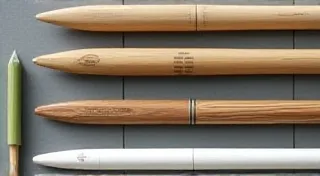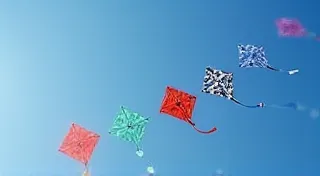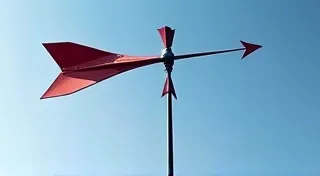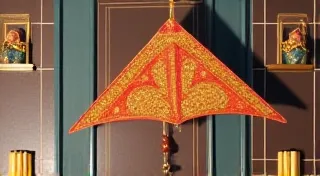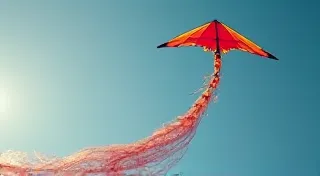Materials Guide: Choosing the Right Fabrics and Spars for Kite Building
Building custom kites is a rewarding hobby, but selecting the right materials is crucial for a successful and enjoyable flying experience. This guide will explore common fabrics and spars used in kite building, outlining their pros and cons to help you make informed decisions for your next project.
Fabric Choices
The fabric you choose significantly impacts your kite's weight, strength, and overall performance. Here's a breakdown of popular choices:
Nylon
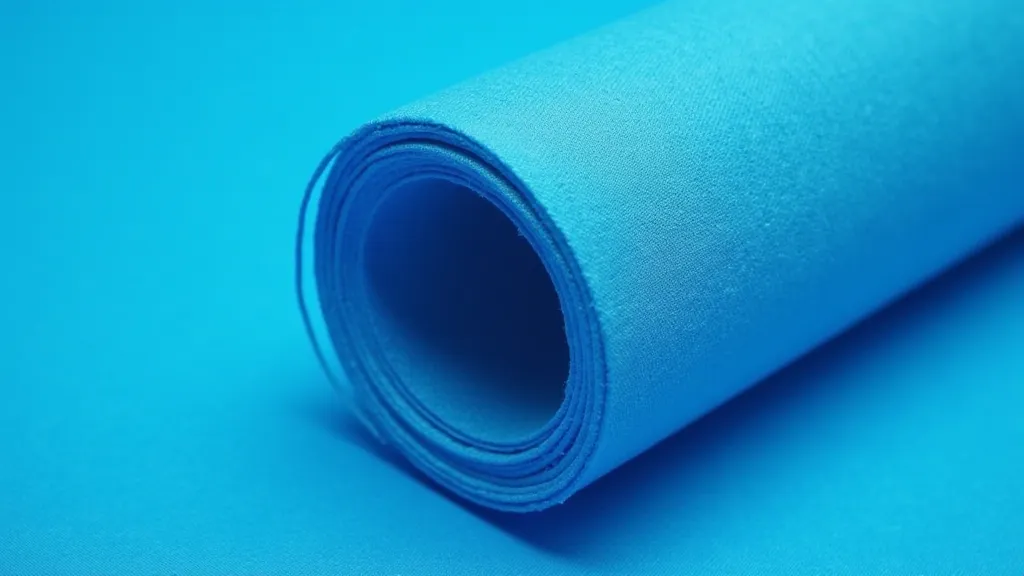
Nylon is a widely available and affordable option. It's relatively strong and easy to work with, making it suitable for beginner-friendly designs. However, nylon stretches more than other fabrics, which can affect kite stability, especially in higher winds. It's also susceptible to UV degradation over time.
Polyester
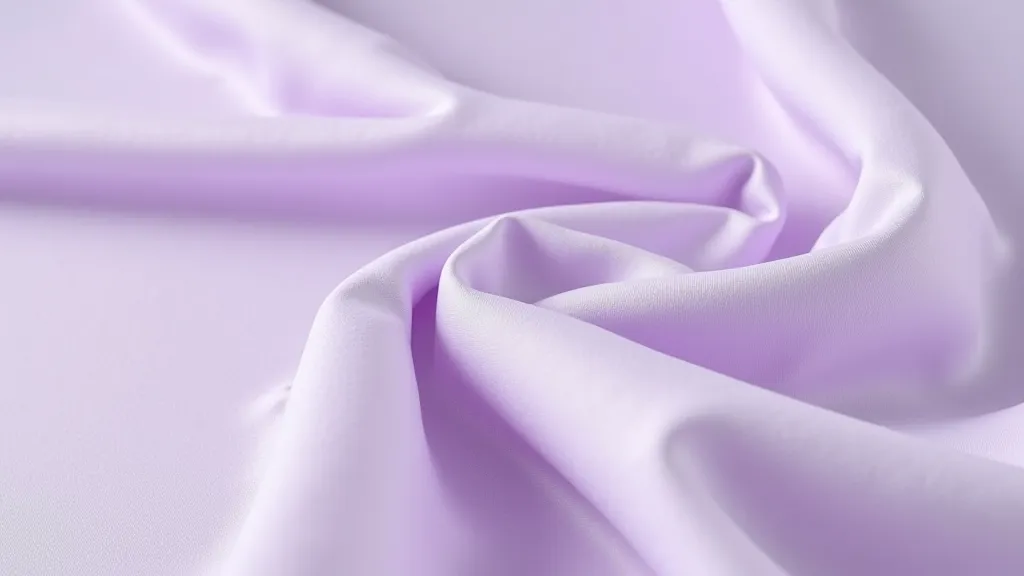
Polyester offers better dimensional stability than nylon, meaning it stretches less. It's also more resistant to UV damage, extending the lifespan of your kite. However, it can be slightly more expensive than nylon. It's a great all-around choice for many kite designs.
Ripstop Nylon
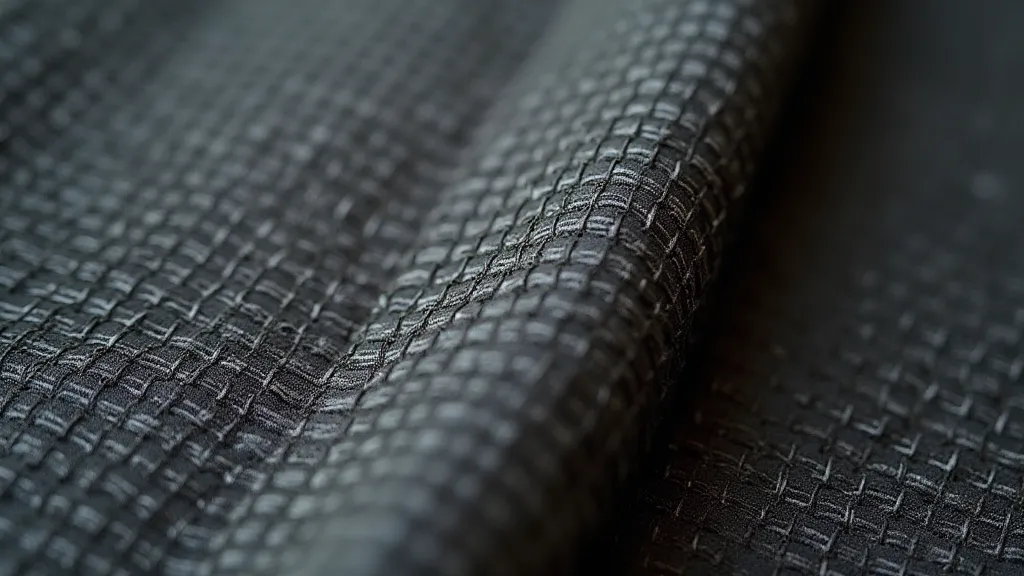
Ripstop nylon is a reinforced nylon fabric that's particularly resistant to tearing. The interwoven threads create a grid pattern that prevents small tears from spreading. This makes it ideal for larger kites or designs prone to stress. The increased strength comes at a slightly higher cost than standard nylon.
Spinnaker Cloth
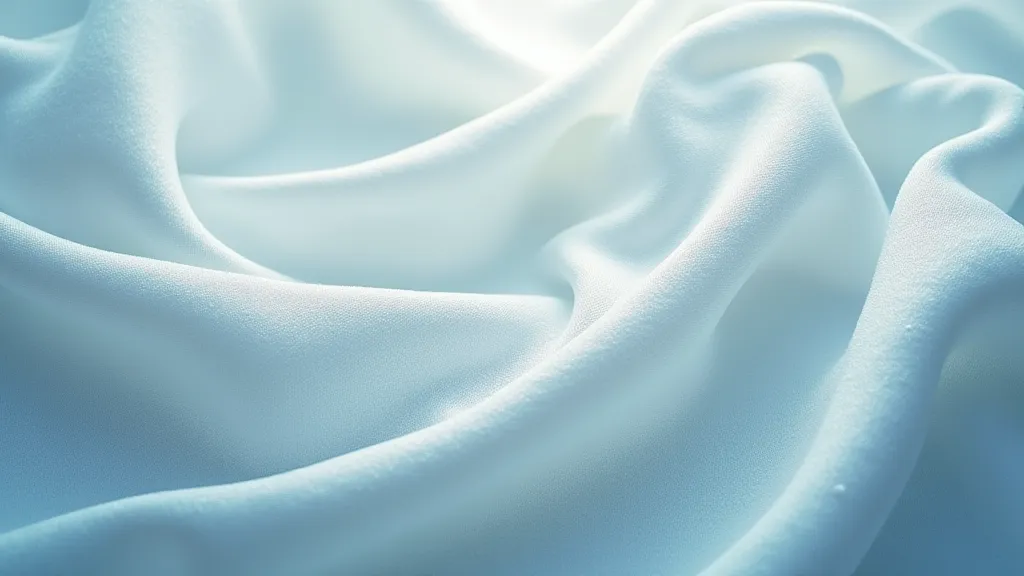
Originally used in sailboat racing, spinnaker cloth is a very lightweight and strong fabric. It's breathable and durable, but can be more challenging to work with due to its delicate nature. Best suited for experienced kite builders tackling ambitious designs.
Spar Materials: Providing Structure and Flight
The spars, or supporting rods, give your kite its shape and allow it to maintain stability in the air. Different materials offer varying degrees of strength, flexibility, and weight.
Bamboo
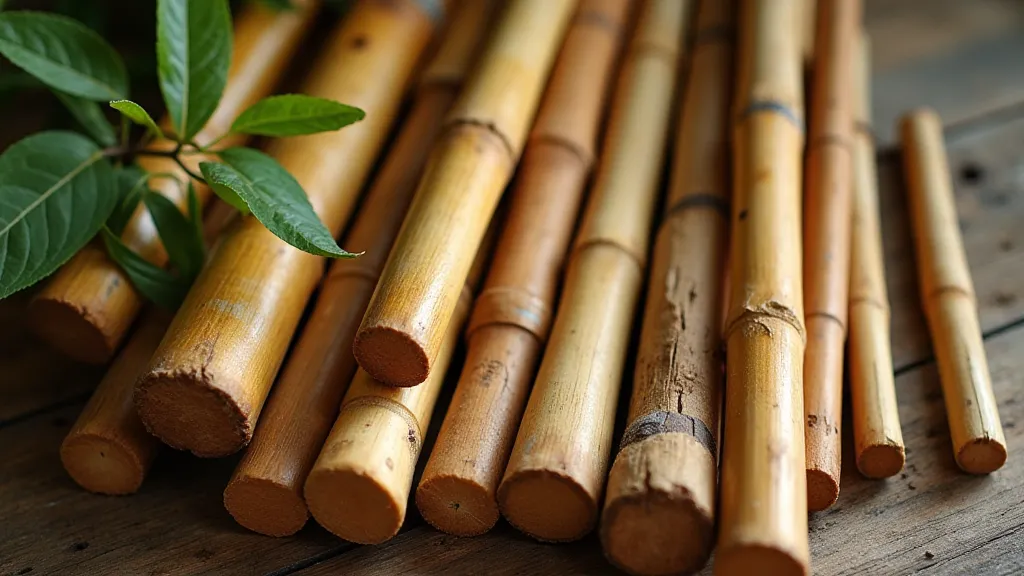
Bamboo is a classic choice for kite spars. It's lightweight, strong, and readily available. It has a natural springiness that can contribute to a kite’s responsiveness. However, bamboo can be prone to splitting or cracking, especially if not properly cured and protected. It's typically used in smaller or simpler kite designs.
Fiberglass
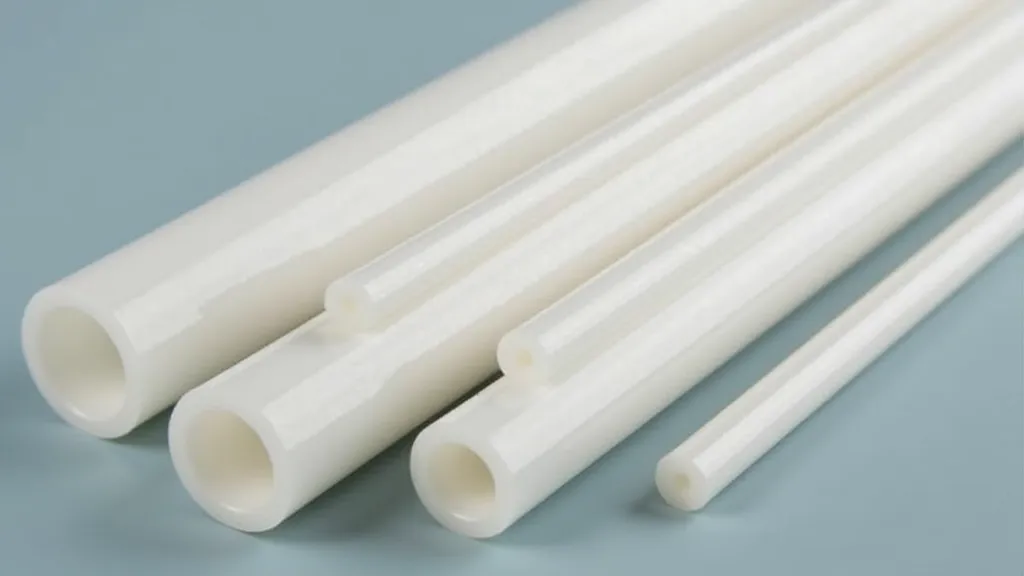
Fiberglass is a strong and rigid material that's commonly used for kite spars. It’s durable and offers excellent stiffness. It’s also relatively inexpensive. However, fiberglass can be brittle and can shatter if subjected to significant impact. Proper handling and storage are crucial.
Carbon Fiber
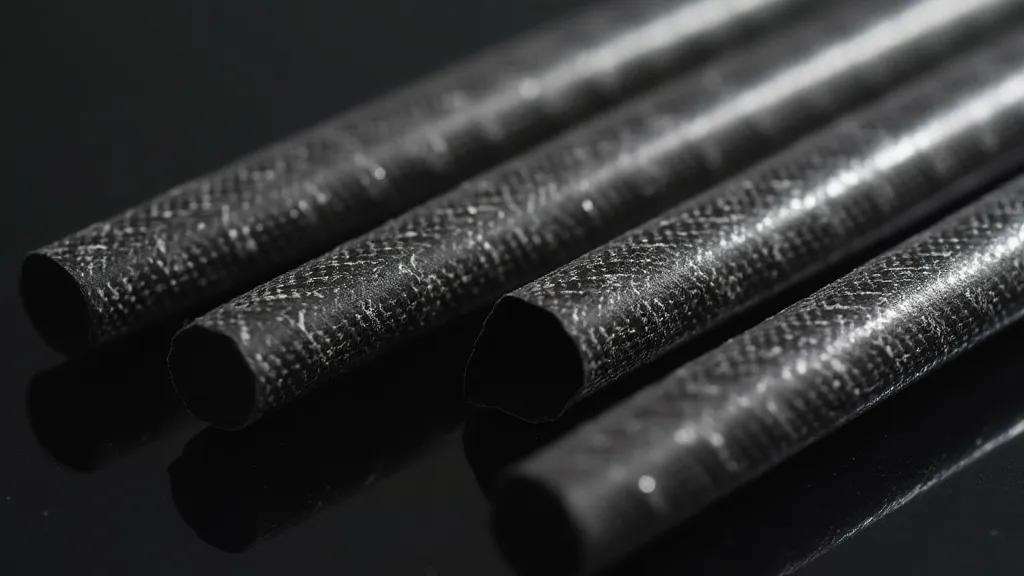
Carbon fiber is the premium choice for kite spars, offering exceptional strength and stiffness while being incredibly lightweight. It's significantly stronger and more rigid than fiberglass, allowing for more complex designs and improved flight characteristics. However, carbon fiber is the most expensive option and requires careful handling to avoid damage.
Choosing the Right Combination
The best materials for your kite depend on the design and your skill level. Here are some general guidelines:
- Beginner Projects: Nylon or polyester fabric with bamboo spars.
- Intermediate Projects: Polyester fabric with fiberglass spars.
- Advanced Projects: Ripstop nylon or spinnaker cloth with carbon fiber spars.
Experimentation is key! Don't be afraid to try different combinations to see what works best for your unique kite designs. Good luck and happy building!
